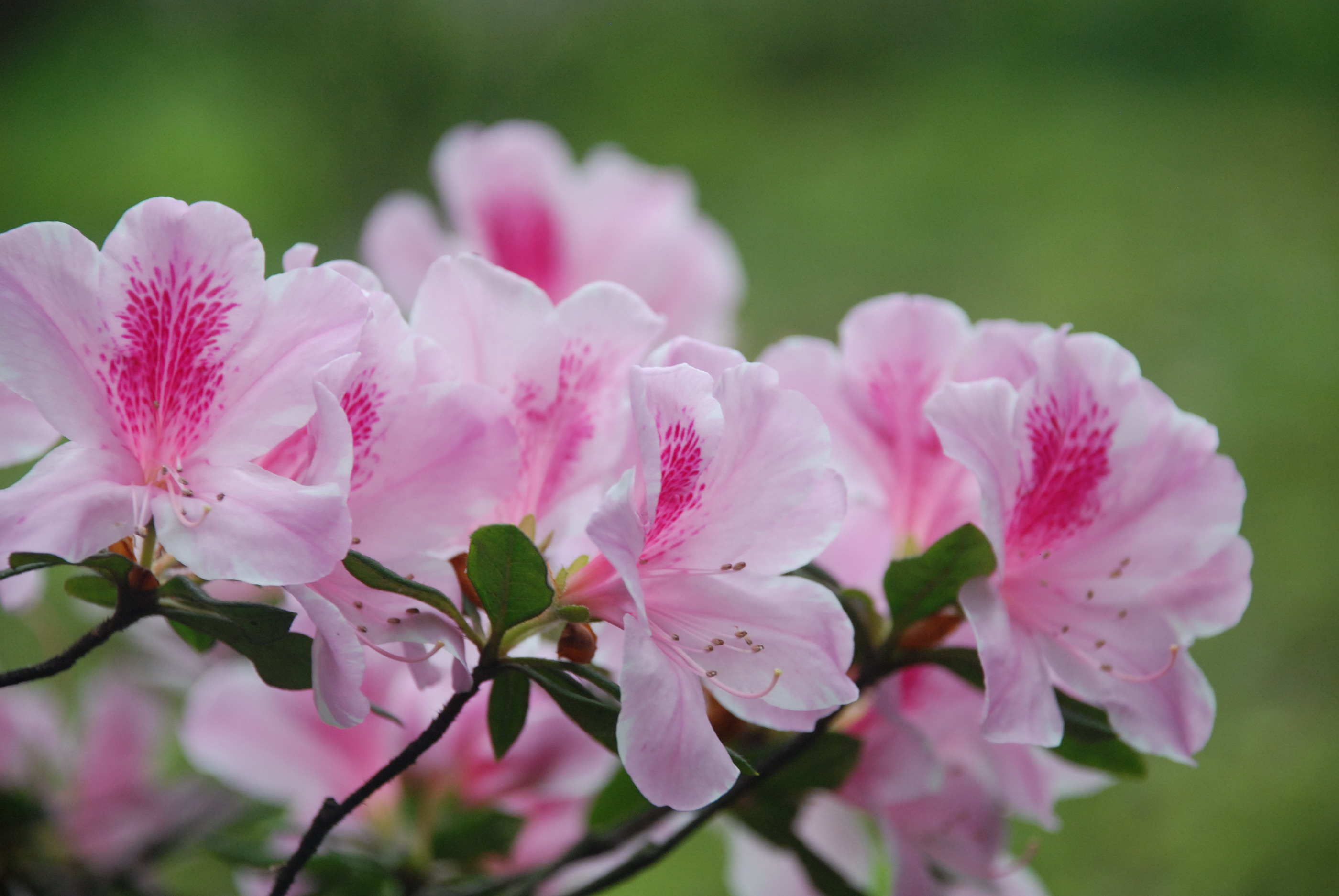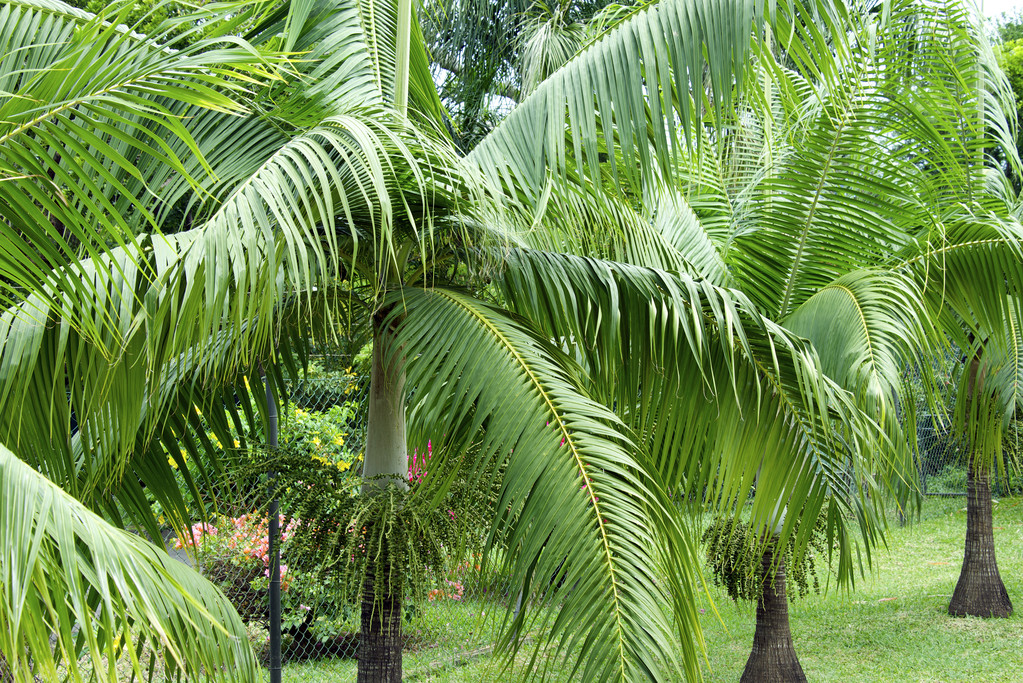Beware of Harmful Plants for Your Beloved Dogs
![]() As responsible dog owners, it is crucial to be aware of potential dangers lurking in our surroundings, including the presence of harmful plants that can pose a threat to our beloved furry friends. While plants add beauty to our homes and gardens, some of them can be toxic to dogs if ingested. In this blog post, we will explore a few common plants that are harmful to dogs and provide guidance on how to keep our four-legged companions safe.
As responsible dog owners, it is crucial to be aware of potential dangers lurking in our surroundings, including the presence of harmful plants that can pose a threat to our beloved furry friends. While plants add beauty to our homes and gardens, some of them can be toxic to dogs if ingested. In this blog post, we will explore a few common plants that are harmful to dogs and provide guidance on how to keep our four-legged companions safe.
1. Azaleas and Rhododendrons:
These colorful flowering plants may enhance our gardens, but they contain toxins called grayanotoxins. Ingesting any part of these plants, including the flowers, leaves, or even the water from a vase containing them, can cause various symptoms in dogs, such as vomiting, drooling, diarrhea, weakness, and even coma. Keep your dogs away from these plants or remove them entirely from your outdoor spaces.

2. Sago Palm:
The Sago Palm, popular for its exotic appearance, can be extremely toxic to dogs. All parts of this plant, including the seeds, leaves, and roots, contain a toxin called cycasin. Ingestion can lead to severe liver damage, vomiting, diarrhea, abdominal pain, and, in some cases, even death. If you have a Sago Palm in or around your home, ensure that your dog cannot access it and consider removing it altogether.

3. Lily Plants:
While lilies are elegant and fragrant flowers, certain varieties are highly toxic to dogs. Plants such as Easter lilies, Tiger lilies, and Daylilies can cause kidney failure if ingested. Even a small amount of any part of these plants, including the leaves, flowers, or pollen, can be dangerous. Symptoms may include vomiting, loss of appetite, lethargy, and increased thirst. Prompt veterinary attention is crucial if you suspect your dog has consumed any part of a lily plant.

4. Oleander:
Oleander, a popular ornamental shrub with attractive flowers, contains cardiac glycosides that are highly toxic to dogs. Ingestion of any part of the plant can lead to symptoms like drooling, nausea, vomiting, irregular heartbeat, weakness, and even death. If you have oleander in your garden, make sure it is securely fenced off or consider removing it to prevent any accidents.

As pet owners, it is essential to be proactive in ensuring the safety and well-being of our canine companions. Familiarize yourself with the plants that can be harmful to dogs, and take necessary precautions to avoid any accidental ingestion or exposure. Always consult your veterinarian if you suspect your dog has come into contact with a toxic plant. Remember, a little knowledge and precaution can go a long way in keeping our furry friends healthy, happy, and safe.![]()


